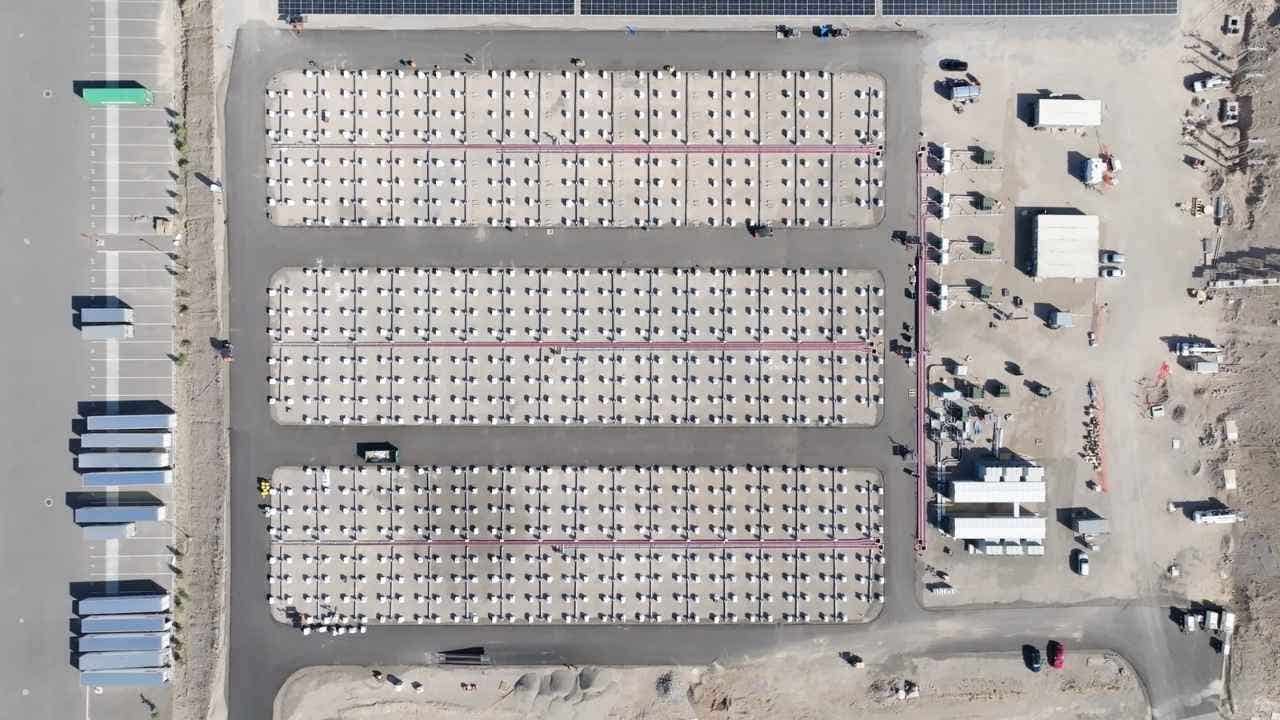SpaceX multi-engine Starship harkens back to early days of flights to the moon

The largest and most powerful rocket ever built, SpaceX’s Starship, is stacked on the launch pad in Boca Chica, Texas and claims to be ready for a second test flight after a failed attempt last April.
The 33-engined Super Heavy booster the spacecraft sits on top of uses a similar principle to early Russian rockets during the Cold War race to the moon.
It takes a lot of energy to leave the Earth and rockets can accomplish that in two ways: either by using a few very large and powerful engines, or a large number of smaller ones. Starship employs the latter.
The idea behind multiple engines is that if one or more of them fail, there are enough left over to continue the flight to orbit. You also lose less thrust when a smaller engine fails because it is only a small part of the total — whereas if you have only two or three main engines and one of them goes out, that’s half or one third of the power gone.
There are also economic reasons to go with a cluster of small engines. Manufacturing extremely large engines is costly because fewer of them are manufactured. But if every rocket needs 33, they can be mass produced, assembly line-style, which reduces the cost per unit.
When Russia (then the former Soviet Union) and the United States were competing to be first to land on the moon in the 1960s, both built gigantic boosters to get the job done and both used different approaches.
The U.S. won that race with their Apollo missions, by using the Saturn V rocket that employed five gigantic engines in the first stage to get the vehicle off the ground. Other than occasional minor engine problems, there were no catastrophic failures.
At the same time, under secrecy, the Russians built the N-1, an even larger rocket with 30 engines in its first stage. Unfortunately, the N-1 exploded during four launch attempts. The program was discontinued in the 1970s, within a few years of American astronauts Neil Armstrong and Buzz Aldrin taking their first steps on the moon.
Does that mean the multi-engine approach is riskier?
SpaceX has seen tremendous success with nine smaller engines powering the Falcon 9, but Starship is on a much larger scale.
There is a lot riding on Starship. SpaceX plans to use it to deliver supplies to orbit and crew to the moon and eventually to Mars. That means it has to prove itself reliable.
The massive Soviet N-1 moon rocket with its 30 NK-33 engines (6 in the centre and 24 in the ring). The N-1 was launched on 4 separate occasions failing all 4 times. The program was suspended in 1974 after the fourth failed launch. By 1976 the program had been cancelled. <a href=”https://t.co/YL9cCLo3nq”>pic.twitter.com/YL9cCLo3nq</a>
—@RocketRundown
The goal is to provide regular, low-cost access to space, turning Starship into the jumbo jet of space flight. If successful, the vehicles could be re-used on a regular basis the way airlines use the same planes for thousands of flights spanning many years.
This is in sharp contrast to NASA’s heavy lift vehicle, the Space Launch System, which is a disposable rocket that is only used once, ending up as junk in the ocean at an estimated cost of $4.1 billion US per launch.
SpaceX CEO Elon Musk predicts that if the reusable Starship launches as frequently as planned, the cost could come down as low as $10 million US per flight. Of course, we heard similar predictions of low-cost access to space at the beginning of the reusable space shuttle program, and that rocket proved more costly to fly than expected.
The next launch date of Starship has not been announced. The timing depends on how quickly SpaceX can implement the 63 corrective actions mandated by the Federal Aviation Administration (FAA) after their investigation of the April mishap.
Since April’s failed test flight, Musk says SpaceX has been busy making thousands of improvements to the vehicle and launch pad, and conducted another engine test.
Musk posted on X, the website formerly known as Twitter, earlier in September that SpaceX was ready to launch, pending FAA approval.
Hopefully next time all 33 engines will run and the two stages of the rocket will separate. That didn’t happen last time, resulting in destruction of the vehicle 39 kilometres over the Gulf of Mexico.
If this launch is successful, and if the program proceeds as planned, Starship launches could eventually become so common, they may not even make the news.




